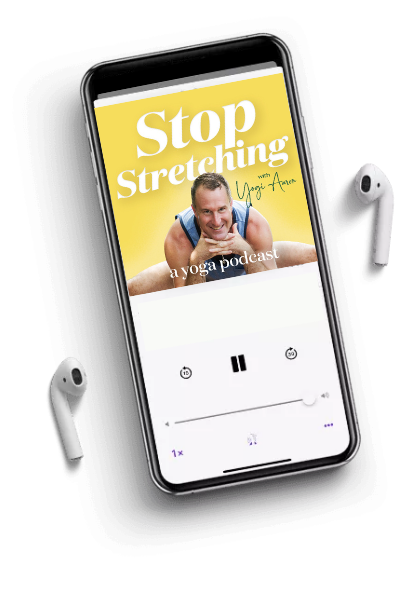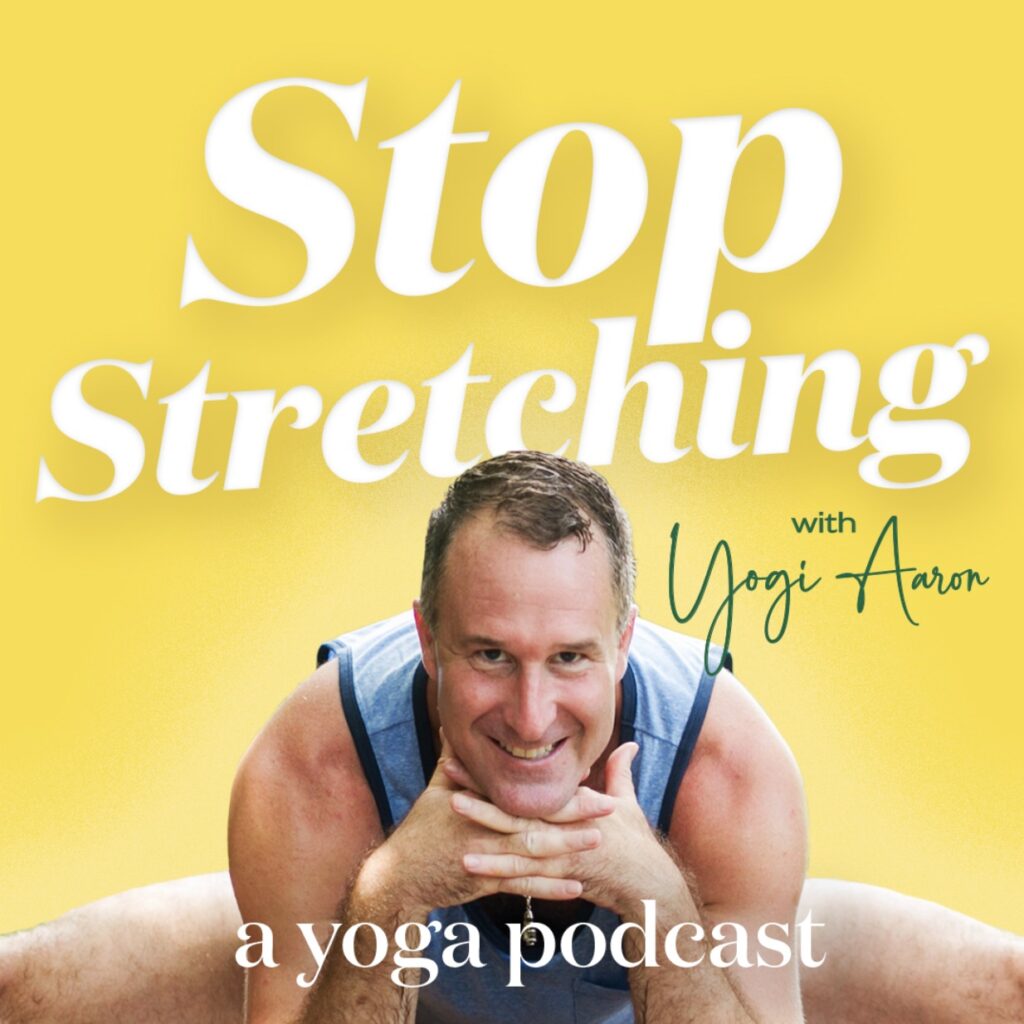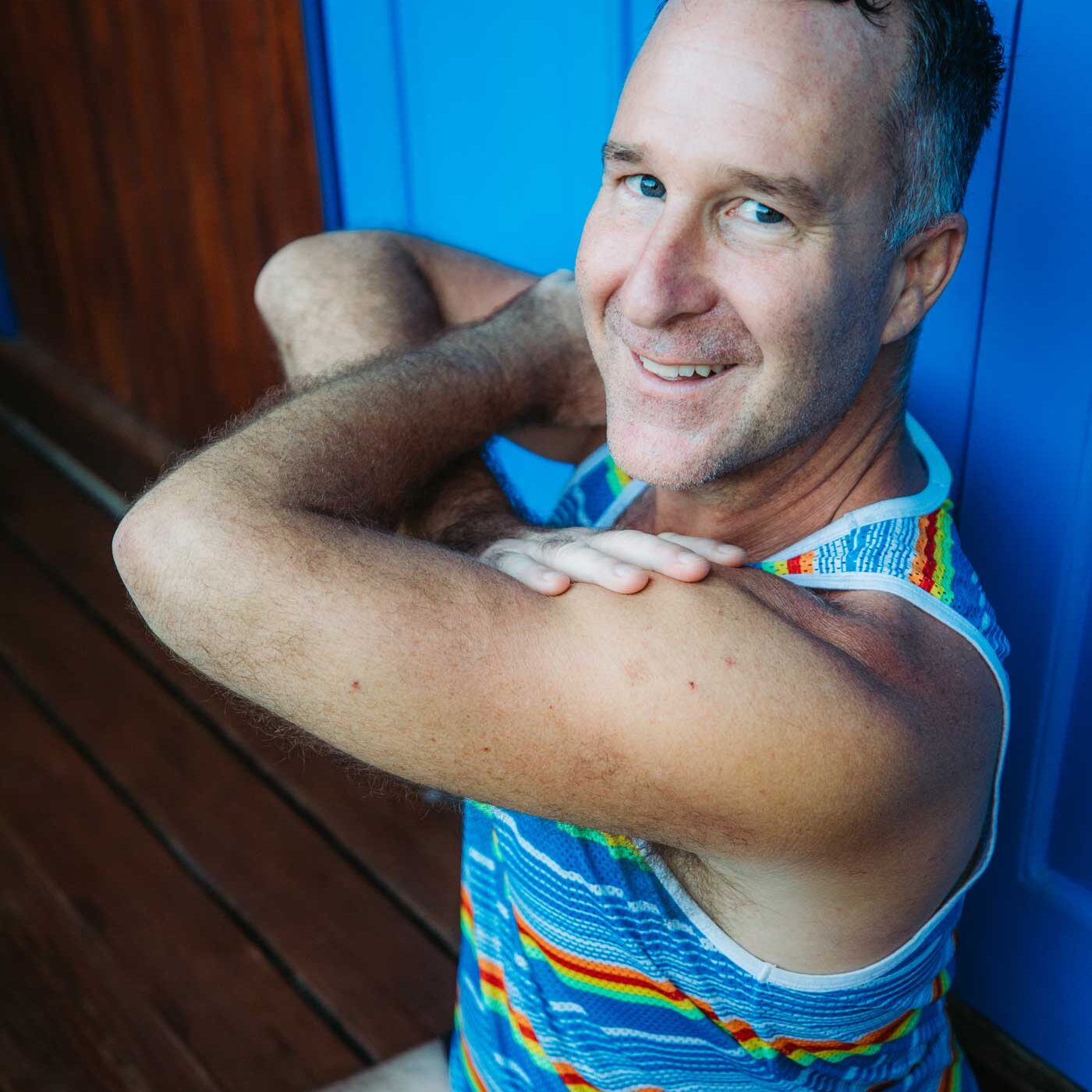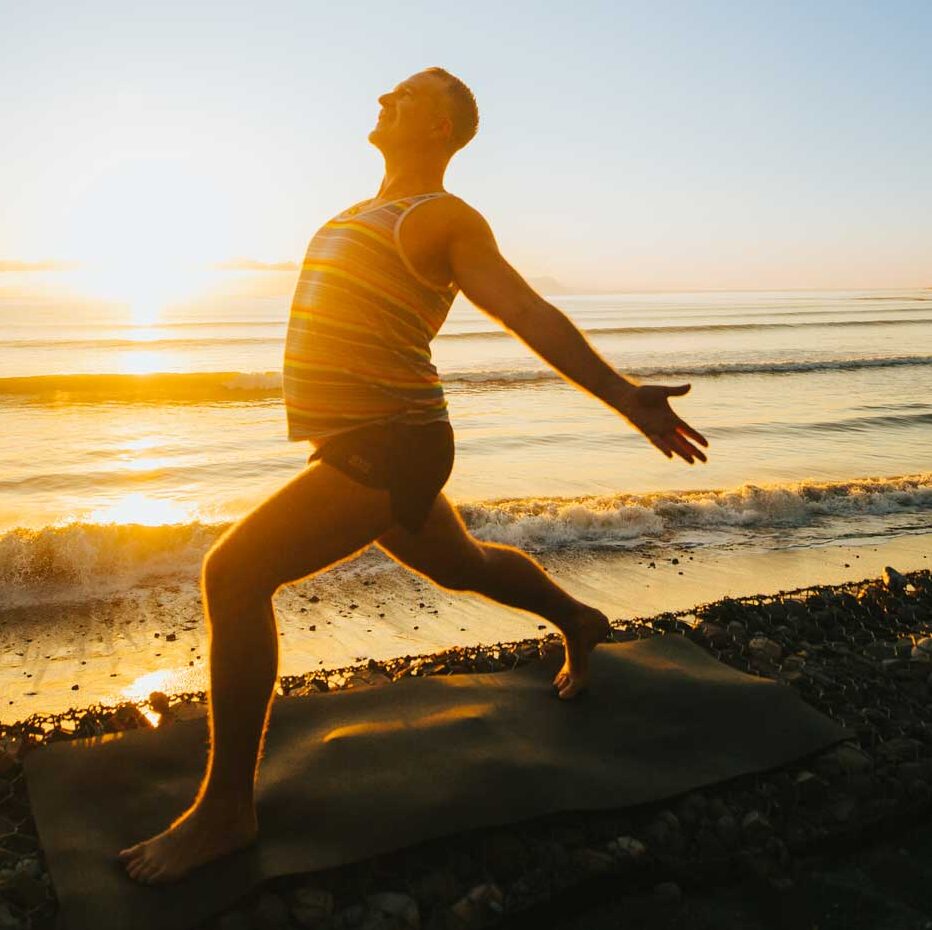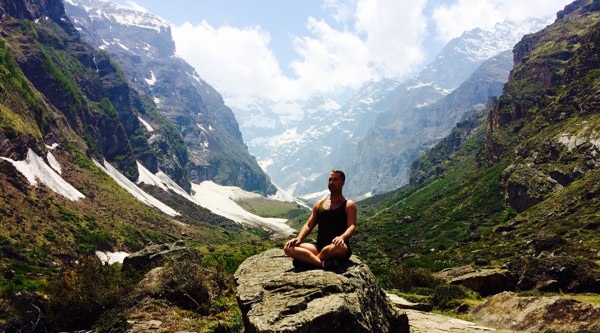Yoga is often associated with flexibility, relaxation, and overall well-being. But what if some of the most common yoga practices are actually harming your body? In this article, we’ll explore a surprising revelation from Yogi Aaron: why certain yoga poses, particularly Child’s Pose, could be doing more harm than good. If you want to dive deeper into this topic, I invite you to listen to my podcast “Stop Stretching.” You can also find episode 6 right here.
This is what you’ll learn in this article:
- The Myth of Stretching: Why More Flexibility Isn’t Always Better
- Why Do Muscles Tighten in the First Place?
- The #1 Yoga Pose to Avoid: Child’s Pose
- Other Poses to Avoid: Apanasana and Pigeon Pose
- Safer Alternatives: Strengthening Over Stretching
- The Bottom Line: Stop Stretching, Start Activating
The Myth of Stretching: Why More Flexibility Isn’t Always Better
For years, we’ve been told that stretching before and after a workout prevents injury and reduces soreness. However, passive stretching weakens the neuromuscular connection between the brain and muscles. When you stretch a muscle passively, you’re actually decreasing its ability to contract. Which leads to instability and increases the risk of injury.
Why Do Muscles Tighten in the First Place?
One key point is that muscles tighten as a protective mechanism. Tight muscles indicate instability in the body, and forcing them to stretch beyond their natural capacity can cause more harm than good. Stress—whether emotional, physiological, or environmental—can also cause muscles to tighten as a way of protecting the body from potential harm.
The #1 Yoga Pose to Avoid: Child’s Pose
While Child’s Pose is commonly used as a resting posture, it can have serious negative effects on the body. Here’s why:
- Overstretching the Lower Back: Child’s Pose excessively lengthens the lumbar spine, which can lead to instability and pain over time.
- Weakening the Core: This pose deactivates the psoas, a crucial muscle responsible for hip and lower back stability.
- Mimicking Poor Posture: Many people already spend hours sitting with rounded spines. Which Child’s Pose reinforces rather than corrects.
- Shutting Down Muscles Instead of Strengthening Them: Instead of engaging muscles for support, Child’s Pose forces them into passive stretching. Reducing their ability to function properly.
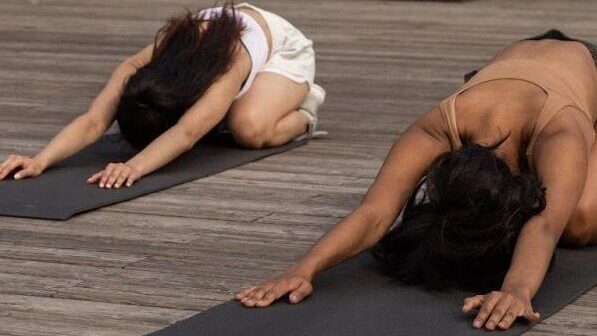
Other Poses to Avoid: Apanasana and Pigeon Pose
Apanasana (Knees-to-Chest Pose)
- This pose forces the hip flexors and core muscles into excessive stretching, which weakens their function.
- The difference between passive stretching (pulling your knees in with your hands) and active engagement (lifting your knees with your muscles) is crucial to maintaining stability.
Pigeon Pose and Other Deep Hip Openers
- Overstretching the hip muscles leads to instability in the pelvis and lower back.
- Instead of focusing on “opening” the hips, it’s more beneficial to work on strengthening the hip stabilizers.
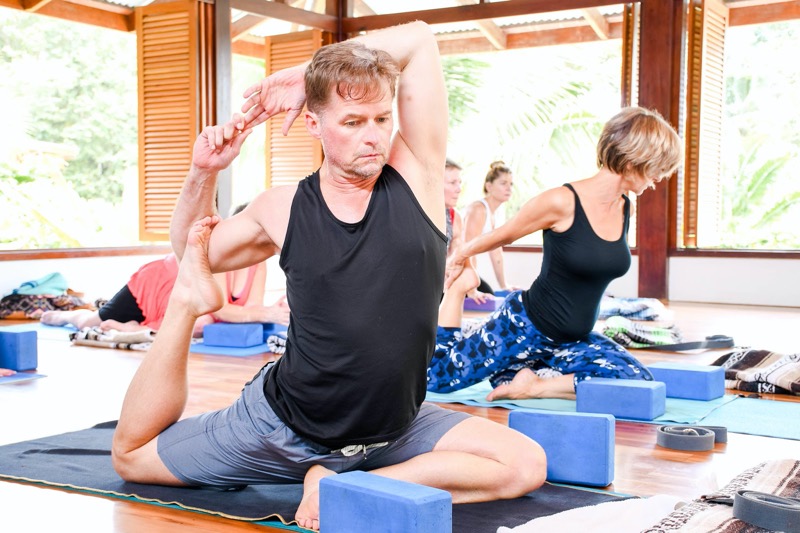
Safer Alternatives: Strengthening Over Stretching
If stretching isn’t the answer, what should you do instead? The key is activating muscles properly rather than forcing them into extreme positions.
Resting Postures that Support the Body
- Crocodile Pose: Lying on your stomach helps restore diaphragmatic breathing and relaxes the nervous system.
- Tadasana (Mountain Pose): An excellent alternative for centering and realigning posture without compromising stability.
Strengthening Poses to Replace Passive Stretching
- Salabhasana (Locust Pose): A powerful pose for strengthening the lower back and glutes and reducing the risk of instability.
- Muscle Activation Exercises: Engaging muscles actively instead of stretching them. This ensures proper function and prevents injury.
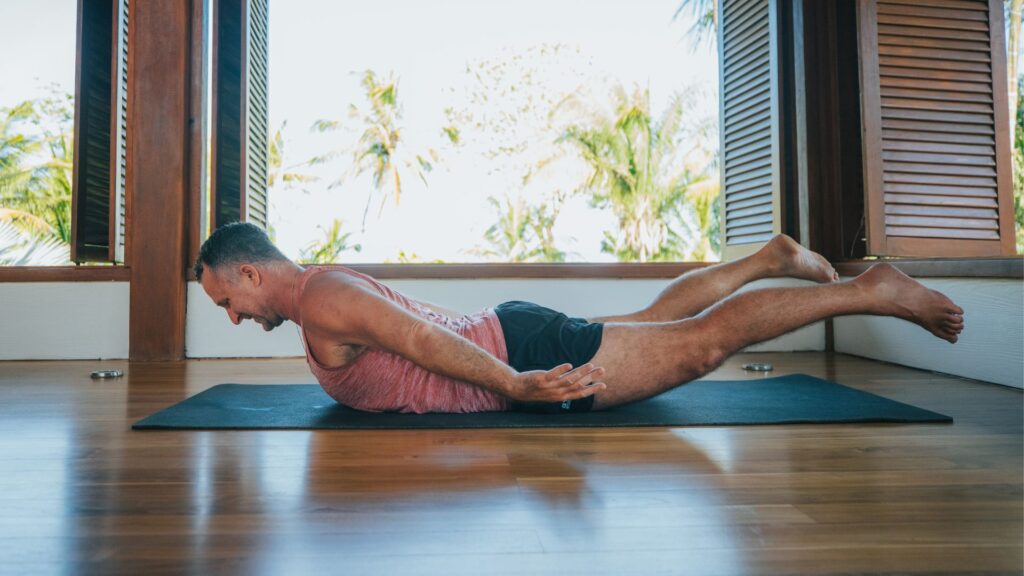
The Bottom Line: Stop Stretching, Start Activating
If you want a pain-free, stable, and strong body, it’s time to rethink traditional yoga practices. Instead of passive stretching, focus on muscle activation to build strength, improve stability, and protect your body from long-term damage.
Just because you can stretch doesn’t mean you should.
Are you ready to transform your yoga practice and prevent injury? Start by making these small yet powerful changes today!

